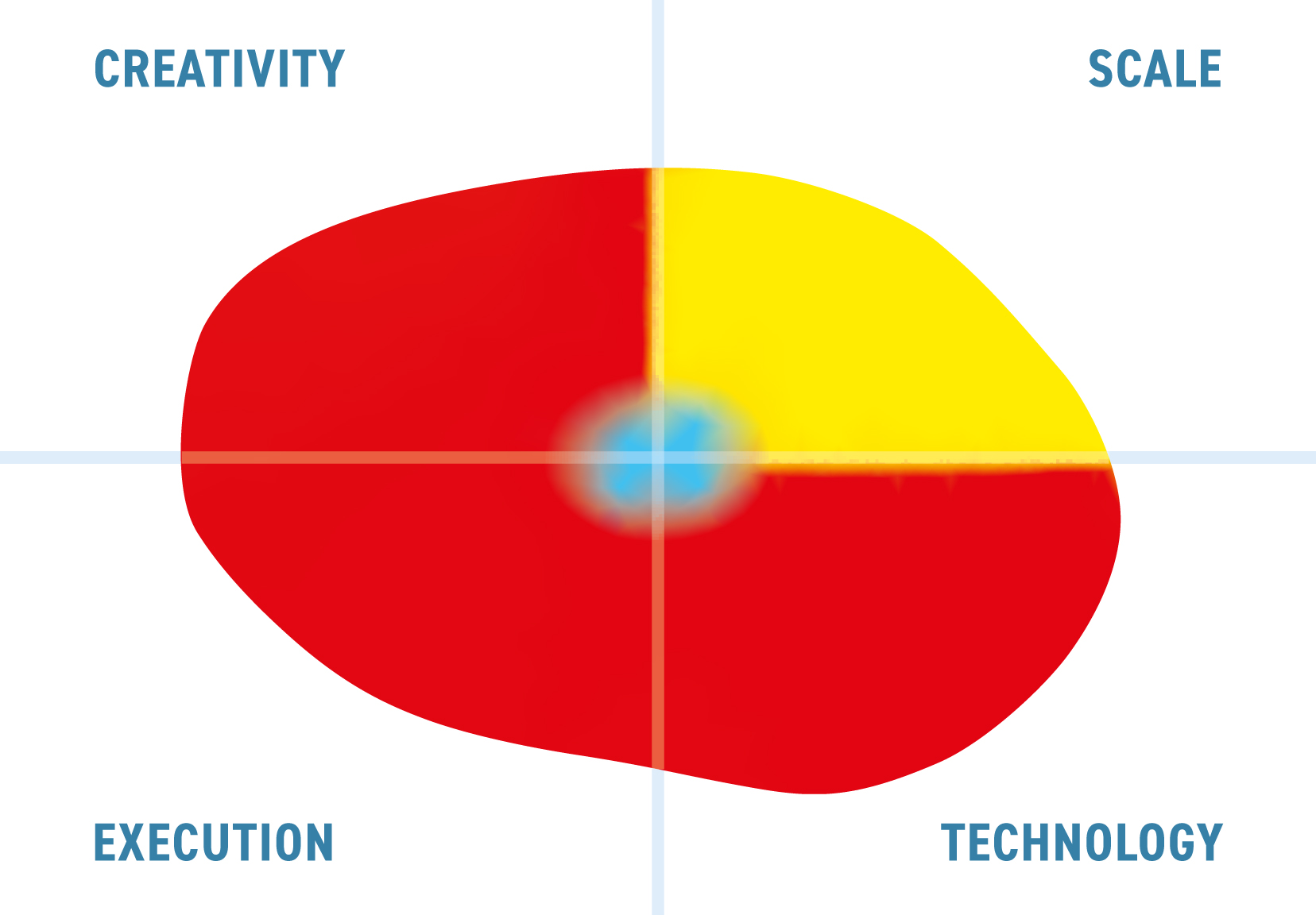Using K2View in a Data Fabric
Update solution on April 25, 2024

What is it?

K2view is a data management vendor, with its flagship product being the “K2view Data Product Platform”. This enables customers to organise their data around business entities like customers and products, helping to unify data from multiple source systems, and making it accessible to authorized consumers in near real time. The software provides functionality in the areas of customer 360, test data management, synthetic data generation, data masking, data pipelining and data migration, as well as master data management and retrieval-augmented generation for GenAI. At the core of its platform is a proprietary technology called a Micro-Database™ that unifies and governs everything known about a certain business entity. In the case of a customer, for example, this might include phone records, emails, website visits chatbot chats, invoices, orders and corporate master data such as consent information or assessments of the customer’s propensity to churn. It extracts this information from various source systems, with rules specifying how often each data element is to be updated. Some data is cached in memory and some may persist in the Micro-Database, which is compressed and encrypted for secured and low-footprint delivery to consuming applications (such as a data warehouse or data lake). You can think of a Micro-Database rather like a filing cabinet with drawers, where each business entity (like an individual “customer”, for example) has its data organised and accessible in its own filing cabinet. Two patents have been granted including on the core technology, granted by the US Patent and Trademark Office in June 2019 (patent number 10,311,022).
Customer Quotes
“We’ve gone from 24+ hours for data updates to having data available in simply minutes or even seconds, boosting the customer experience and better supporting our customer care agents.”
Marc Schmeetz, Program Manager, Vodaphone Ziggo
“With its unique approach to data management and rich feature set, K2view Customer Data Hub simplified the complexity of integrating and unifying the data from our disparate systems, allowing us to deliver world-class customer experiences.”
Ronen Horowitz, CIO, Pelephone, Yes and Bezeq International
Mutable Award: Gold 2024
What does it do?

As well as the Micro-Databases, there is a software layer with a core data catalog and data governance, data integration, and a semantic knowledge graph above this presented to business users. The user interface is modern and graphical and allows data products to be created and sourced from a wide variety of underlying systems, from SQL databases like Oracle and PostgreSQL, applications like SAP and Salesforce, and various other formats including files, documents and NoSQL databases. The software can read the metadata and catalogs of the various source systems through connectors, and display the structure of the source data in a graphical form. Data corresponding to a specific data object, like a customer, can then be collected together, with rules defined as to how often the data is to be refreshed. There is a clever data catalog feature that allows different versions of the data structure to be displayed graphically. For example, if an underlying database has a table added or dropped, or a column changed, then the display shows this in an intuitive fashion. Rules can be defined for each Micro-Database, so for example data can be classified as personally identifiable data that may need masking, and survivorship rules can be defined to allow de-deduplication of records, an essential feature given the amount of duplication of information that exists in large corporations. In this way, the data that is then presented to an end-user is not only in a business-friendly form but has already been validated. The data product (such as a specific customer record) can then be provisioned onto other downstream systems such as a data lake or data warehouse. Micro-databases are created in milliseconds on-the-fly, the first time a data object is queried. There is also an option of batch creating and populating the Micro-databases. Data can be virtualized or persisted within the Micro-Database for better performance as desired, so customers can decide how virtual or otherwise they want their data to be.
Why should you care?
K2view offers a modern and innovative approach to productising data, a core capability that makes it well suited to use cases such as customer 360 situations where traditional master data management tools play. It is also suited to preparing data pipelines, test data management and data masking, as well as supporting the generation of synthetic test data for retrieval augmented generation for large language models in generative AI implementations.
The bottom line
K2view offers an innovative technology based on its patented Micro-Database technology. It has been proven at some very large corporations, particularly in the fields of Telco and financial services. The core technology nicely supports both data mesh and data fabric architectures with its emphasis on a semantic layer that serves up data products to end users. It is well worth considering if you have decided to go down this route.
Related Company
Connect with Us
Ready to Get Started
Learn how Bloor Research can support your organization’s journey toward a smarter, more secure future."
Connect with us Join Our Community
